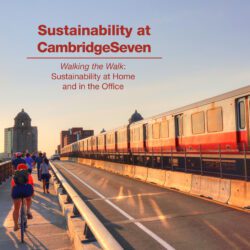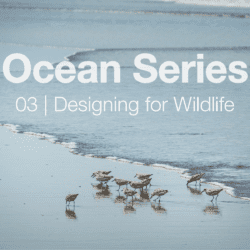Equitable Experiences: Measures for Diversity and Inclusion in Museums
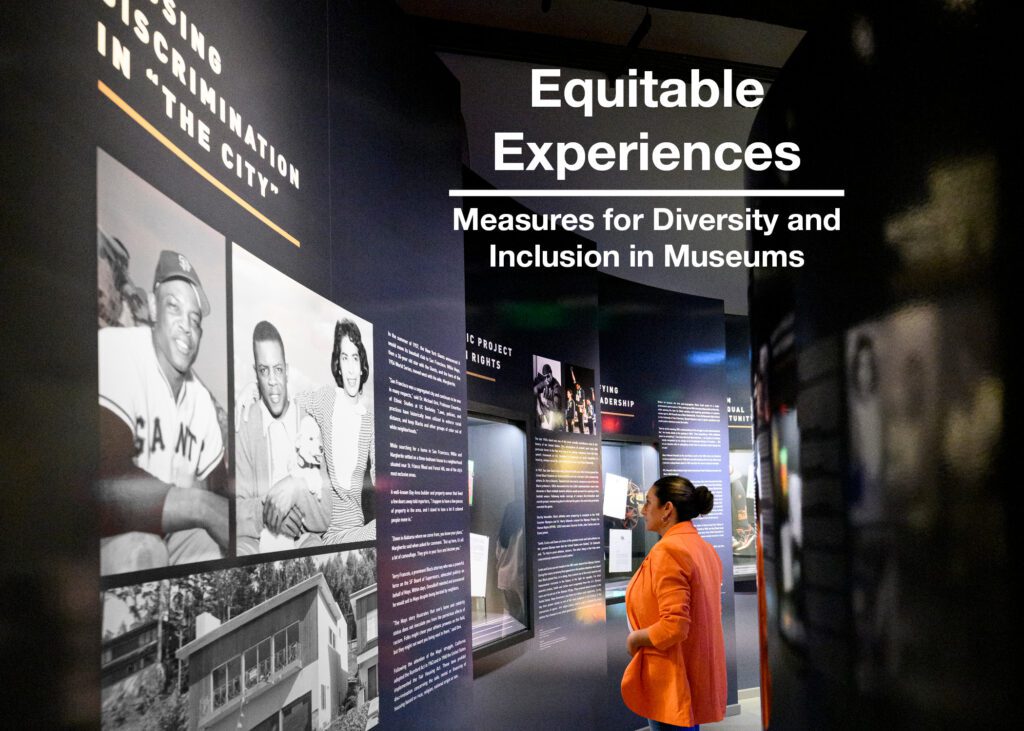 By Justin Crane, FAIA, Paul Herbert, AIA, Sharon Clarke, AIA, and Sumi Fasolo, AIA
By Justin Crane, FAIA, Paul Herbert, AIA, Sharon Clarke, AIA, and Sumi Fasolo, AIA
Museums across the country have hosted discussions and issued statements addressing the issues of diversity, inclusion, equity and social justice. These conversations are useful and necessary – and only the first step in a much longer process. Moving beyond discussion into action with noticeable impacts is difficult, and the way that museums with experiential exhibits must do so may be different from the more widely publicized steps taken by large art museums.
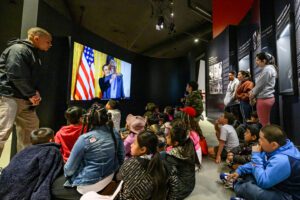
The San Francisco 49ers, with its newly opened exhibit, “The Long Game,” explores the history of how professional sports have shaped social justice and equity beyond the playing field, exploring events from 1950s housing discrimination to 21st century on-field protests. Inspired by this exhibit and other clients’ actions, we’re sharing steps that institutions with experiential exhibits are taking to make themselves more representative of their communities; make more visitors feel welcome; and include new voices in their exhibits, displays and leadership.
It Starts with the Staff
A museum’s welcoming character starts with those representing it, from staff that greet visitors and sell them tickets to the president explaining a museum’s goals to donors and the media. Anti-bias staff training is a first step toward creating awareness of the issue while also catalyzing discussions that make staff feel comfortable conversing with their peers, asking tough questions, and seeing every person as a unique individual. This can be supported with workplace anti-discrimination policies that empower employees. Institutions can also work, in both the short- and long-term, to foster diverse trustee boards, staff, volunteers and interns.
Including a cross-section of colleagues can also bring diversity to an institution’s long-term plan and foster a sense of ownership in the museum’s direction. In 2020, the Audubon Nature Institute in New Orleans created an Interpretive Plan to guide all aspects of visitor engagement, graphics, signs, text and a sense of place. The creation of the Interpretive Plan involved individuals from all Audubon facilities—Zoo, Aquarium & Insectarium, Louisiana Nature Center—from directors to animal husbandry staff, education and interpretation director and staff, marketing group and the exhibit and construction department. With this varied representation of staff, Audubon thought deeply about “who are we?” in writing the Interpretive Plan that would be used to guide the process when moving forward with new exhibits and programming.
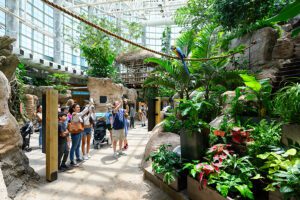
Explore All Possible Audiences
Beginning with a diverse stakeholder group at Audubon also allowed for a more thorough consideration of their audience. Guided by the new Interpretive Plan in the early phases of our exhibit design of both the Audubon Aquarium and Insectarium, Audubon’s internal team created mini plans for each, identifying goals, messages and their alignment with the guiding Interpretive Plan, thinking inclusively, asking questions about the composition of the current audience and what are the different ways in which people learn.
The mini-interpretive planning session approach is effective because with stakeholders in the room, everyone has a role in contributing to a more complete understanding of the diverse audience. Audubon’s partnership with Kulture City, which supports visitors with differing abilities and needs, has increased implementation of inclusive modifications, from barrier-free access, to specifically-designed sensory experiences, to offering visits outside of typical operating hours to reduce sensory challenges. These collaborations yielded better programming and more engaging exhibit design solutions for the newly opened Insectarium.
Relay Cultural Stories with Specificity and Nuance
In developing the “Wonders of Water” exhibit, the Rochester Museum and Science Center (RMSC) sought to reach each visitor with an aspect of how they interact with water in their daily lives. The Erie Canal, an historic canal in upstate New York, presented a terrific water story opportunity for the region, but the museum discovered that the canal was not necessarily relevant to all visitors. RMSC expanded the scope of the exhibit to include plumbing, a water experience everyone can tap into, thereby creating a more successful and inclusive experience.
Also included in this exhibit is the story of the USS Scourge, a ship that sank on Lake Ontario in 1813. The power of weather and the vastness of the lake presented thrilling story opportunities, but testing the concept with the public revealed misunderstanding and confusion that the Scourge was a slave ship from the same period. Rather than revise the narrative, the RMSC invited community members to be part of the process and through that work, cleared up misconceptions and strengthened community support and awareness of the exhibit.
When the North Carolina Aquarium on Roanoke Island (NCARI) underwent a major renovation of their exhibit galleries in 2015, they prioritized layering cultural storytelling onto their traditionally biology-centric interpretation. Because people both shape the environment and are shaped by the environment, NCARI wanted their visitors to leave with a deeper appreciation for this intricate connection. The cultural stories span centuries of history and include a wide range of voices including the Croatoan Native Americans, European colonists and the 19th century all-Black crew of the Pea Island Lifesavers. There are also stories that acknowledge human exploitation of the land as well as dedicated leaders who fought to conserve it. The stories presented at NCARI encourage thoughtful engagement inclusive of many diverse perspectives.
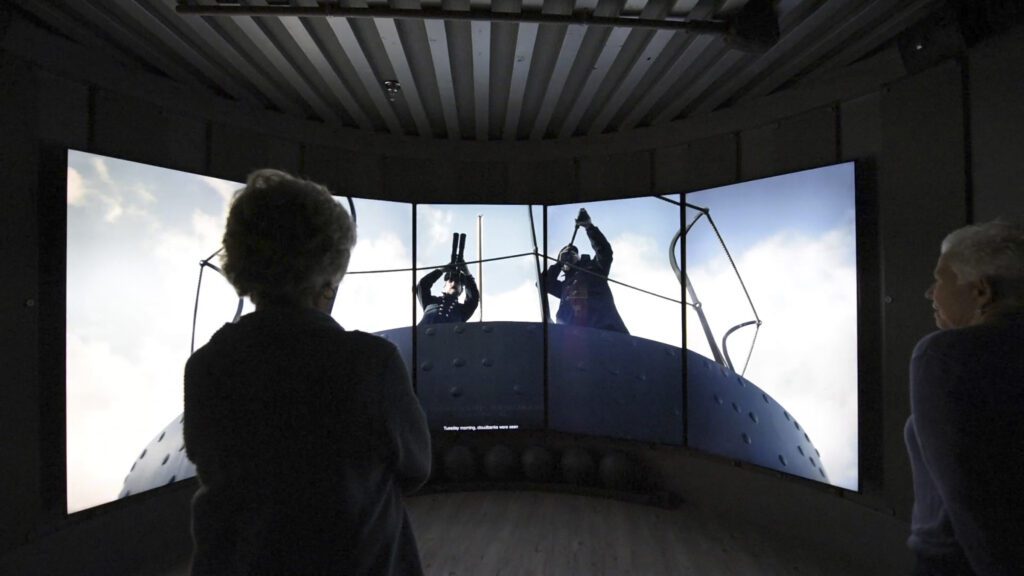
Audubon sought community input on the cultural content for their Bayou Gallery’s Bayou Barge exhibit because engaging with audience members during the interpretive process means having the right people in the room, both internally and externally; otherwise, they note, “you don’t know what you don’t know.” The sessions asked: How is the story being told? Who should tell the story? How do we find “real” people, rather than actors? Building on input from Audubon’s engagement sessions, CambridgeSeven’s design features the façade of a small river barge with a doorway where a video narrator/guide appears to engage the visitor with their unique story about life on the Bayou. Images on a screen describe Cajun heritage, sport fishing, shrimp season and Native American communities that touch on the diverse living cultures of the Bayou. This thoughtful, mindful and collaborative approach has created a much richer visitor experience.
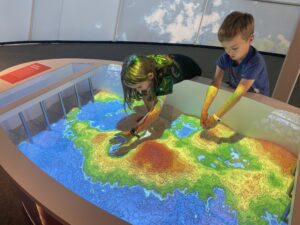
Make Accessible Design Truly Universal
Children’s museums and exhibits aimed at younger audiences face an obvious challenge. Successfully conveying valuable information to an audience that’s too young to read requires other forms of communication, such as graphics, diagrams, and pictures. Graphic panels with text, or “prompt” panels, transform the accompanying caregiver into an expert guide by providing instructions or question prompts that they might ask their little explorer. For the Sloan Museum of Discovery, we also incorporated QR codes on each of the graphics that bring up in-depth research around each topic of science. Providing layers of information that can be targeted and designed for a wide range of visitors creates a more welcoming environment.
An increasingly vital question to ask in developing exhibit content is: “What languages need to be included in the exhibits and the graphics, and how do we do that?” In the Second Story and Beyond Museum, located in Rancho Cucamonga, CA, a community with a high population of Spanish speakers, we are addressing these issues with graphics designed to meet the museum’s desire to create bilingual visual equity. English and Spanish text are presented at the same size, same color, and with equal prominence on the panels. This eliminates any perception of language hierarchy creating an equitable experience tailored to their audience.
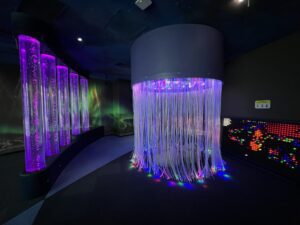
Museums also design experiences that are appropriate for neurodiverse visitors. Filtering out distracting sounds and light can be achieved through a controlled environment that is carefully designed to mitigate the mix of ambient noise. CambridgeSeven’s design of The Sensory Gallery at the Shenzhen, China Children’s Museum, features specially focused, low lighting that provides visual access to interactives, such as immersive, suspended fiber optics and a large interactive wall that illuminates when curious visitors insert acrylic pegs. Acoustical panels throughout the space minimize noise and allow visitors to be active in a comfortable setting. Significantly, the Sensory Gallery is not isolated, but, as in an increasing number of similar museums, is an engaging and safe space for all visitors to enjoy and experience.
Meet Communities Where They Are
Inclusivity can often take a museum off-site, such as mobile units that deliver educational programming to neighborhoods far from a museum building. The Friends of the LA River (FoLAR) is an advocacy and educational organization dedicated to restoring the Los Angeles River and its recreational and aesthetic value. CambridgeSeven designed exhibits to integrate into a 38-foot custom-built vehicle that travels the river’s 53-mile length to reach its audience.
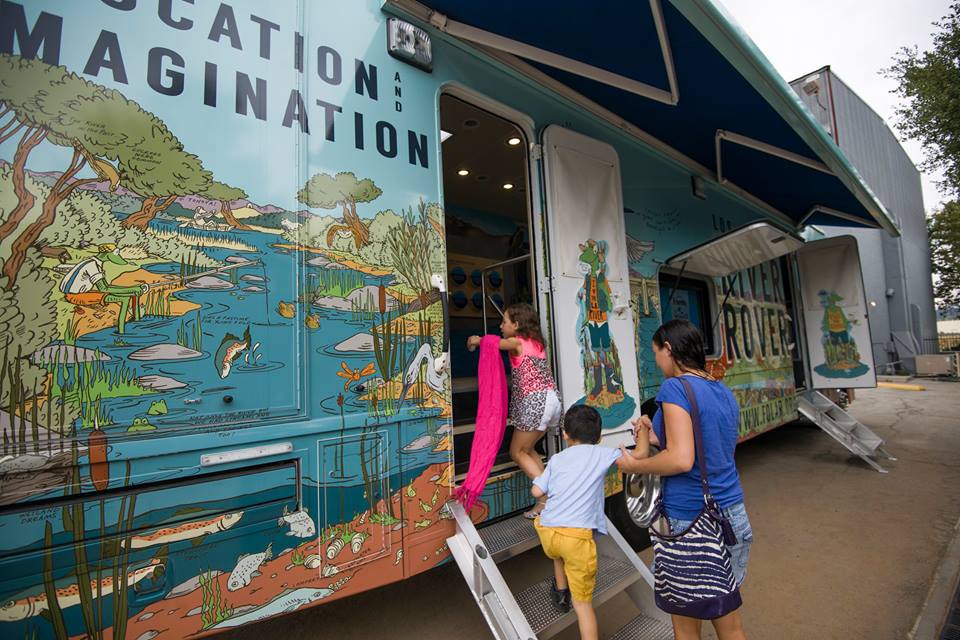
The Atlantic Council’s Adrienne Arsht-Rockefeller Resilience Center commissioned CambridgeSeven to design the first ever mobile Community Resilience Pod to serve vulnerable citizens in Miami-Dade County. Working with the council, the county, a Miami-based artist, and shipping container retrofitting specialists, we created a low-cost and portable design that provides the community with information and resources regarding how climate change is impacting the region and how people can prepare for future disasters.
Access for Everyone
The New England Aquarium’s established policy requires reaching more than just ticket-holders. Free exhibits, such as the seal tank adjacent to the ticketing booth, and the ability to see portions of the Marine Mammal Pavilion, give potential visitors a preview of the interior. Exhibit panels at the Harborwalk convey information about ocean conservation, Boston Harbor and climate change. NEAQ has also gone beyond these displays to create programming that engages the public: launching an evening beer garden and hosting large-scale public art and light installations.
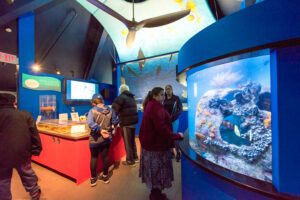
The admission-free Audubon Nature Center is on New Orleans’ Eastside, a neighborhood hit hard by Hurricane Katrina in 2005 and slow to recover. With a brand-new interpretive center, natural exhibits highlighting Louisiana animals, and beautiful nature trails with boardwalks for accessibility, the Nature Center brings visitors close with local wildlife, including gators, snakes, butterflies, birds, and insects and functions as a vital community hub for an area still rebuilding.
Manhattan Beach’s Roundhouse Aquarium clearly states that their “programs are designed to connect and engage visitors and students to the oceans through hands-on interactive experiences with marine life and habitats of southern California, and to inspire them to become good stewards of our environment.” To that end, the aquarium has removed any barriers to entry. There is no admission fee to visit the aquarium, classes are held both on-site and off-site via their Roundhouse Aquarium Outreach Van for Education (ROVE), and grants are available to qualifying schools. The Aquarium is a trusted asset within a community that extends far beyond the bounds of Manhattan Beach. They remain passionately committed to creating the next generation of leaders, advocates, and marine scientists.
All the actions highlighted above are achievable and have been implemented to various degrees by our clients. As a next step, institutions can increase the sharing of data and strategies in confronting issues of diversity and inclusion. Making decisions based on isolated, anecdotal knowledge can be difficult and misleading; the more we share our stories of successes and challenges with one another, the more effective we’ll be in making our museums attractions for everyone.
Related Stories
Architecture at the Edge: Designing for Wildlife at the Waterfront
Using bio-positive design to create opportunities that support flora and fauna at the ocean's edge also create resilient and educational waterfront sites.
View Post